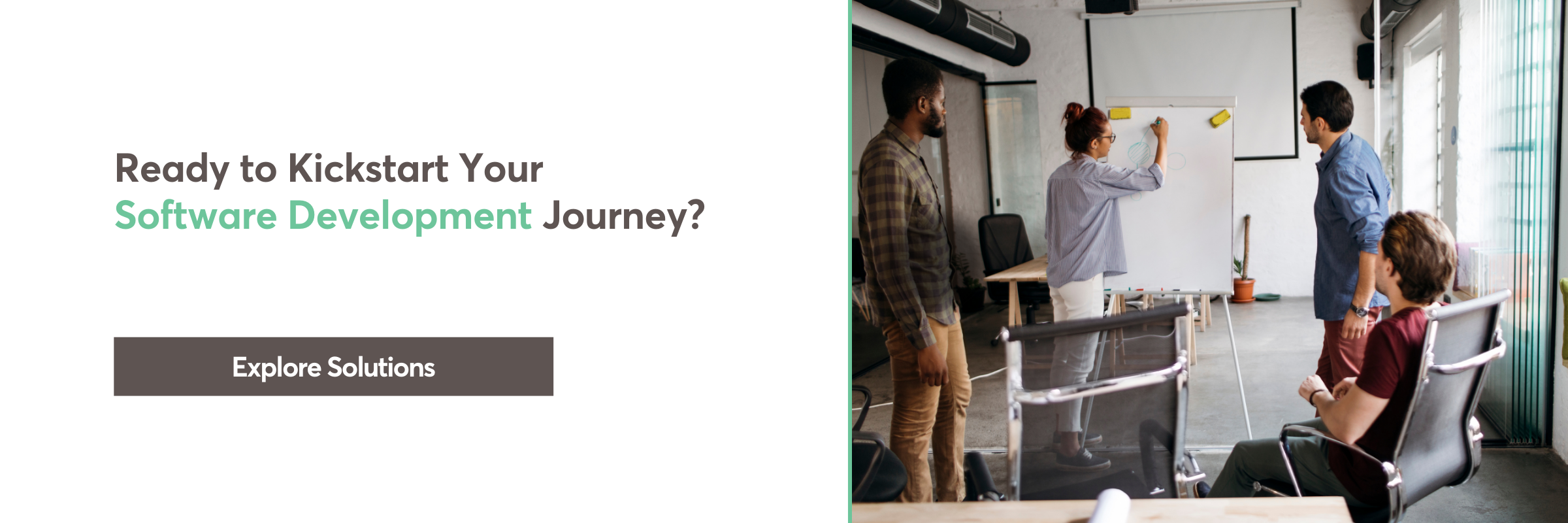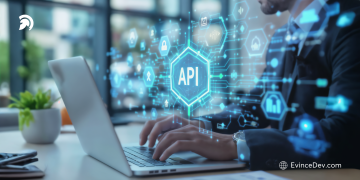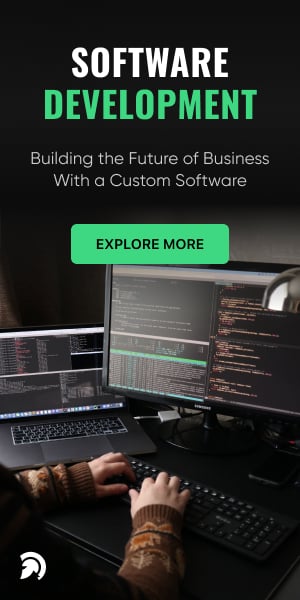In today’s fast-paced digital world, software development has evolved far beyond just coding. It’s now about building adaptable, secure, and high-performing solutions that align with business goals. Whether developing enterprise platforms, mobile apps, or cloud-based systems, following a structured Software Development Life Cycle (SDLC) ensures efficiency, quality, and scalability.
The SDLC framework provides a proven, step-by-step approach to planning, building, testing, deploying, and maintaining software effectively. In this comprehensive guide, we’ll explore the 7 key phases you must master in 2026, along with best practices that leading software development companies like EvinceDev use to deliver scalable, high-quality solutions.
Why SDLC Matters in 2026?
As software becomes increasingly complex — integrating AI, automation, and multi-cloud environments — businesses can no longer rely on ad-hoc development. The SDLC provides a disciplined, repeatable framework that ensures every phase of software creation is strategic, cost-efficient, and quality-driven.
Primary stages of the SDLC are:
- Planning and Requirement Analysis
- Design
- Implementation (Coding)
- Testing
- Deployment
- Maintenance
Each phase has its objectives and deliverables, and completing one phase sets the foundation for the next.
Phase 1: Planning and Requirement Analysis
The first phase of the SDLC involves defining the problem and identifying the requirements needed to create the software. This step is crucial as it lays the foundation for the development process. In this phase, stakeholders, including project managers, software developers, and clients, work together to gather information, determine the project scope, set objectives, and establish constraints like timeframes and budgets.
At this stage, the development team must analyze the needs of the client and the users of the system. This is also the phase where risk analysis and feasibility studies are conducted. All of this information helps in creating a detailed project roadmap. For custom software development services, the planning phase is essential for aligning business needs with technological capabilities.
Phase 2: Design
Once the planning phase is complete, the next step is design. During this phase, the development team translates the gathered requirements into a blueprint or architecture for the system. This design phase can be further broken down into two parts:
- High-Level Design (HLD): This involves creating system architecture and database design and defining the system’s structure and major components. Mobile app development includes the user interface (UI) and user experience (UX) design and how different app components will interact.
- Low-Level Design (LLD): Here, the focus shifts to more detailed designs, such as algorithms, data structures, and component diagrams.
The design phase is critical for ensuring the software meets the specified requirements while being scalable and maintainable. The design also guides the development team in building the software correctly the first time, minimizing rework and potential issues later.
Phase 3: Implementation (Coding)
The coding or implementation phase is where the software’s actual development occurs. The development team converts the design into a functional software product by writing the necessary code. Depending on the project, different programming languages, tools, and platforms may be used to develop the software.
For a software development company, this phase requires close collaboration between developers, ensuring everyone is aligned on coding standards, practices, and guidelines. Writing clean, efficient, and well-documented code is essential, reducing the chance of bugs and issues later in the cycle.
In mobile app development, this phase includes coding for both the front end (the user interface) and the back end (server-side logic, database operations). Development teams may work iteratively, especially if they are following Agile or other modern software development practices.
Phase 4: Testing
Once the coding phase is complete, the software enters the testing phase. Testing is critical to ensure the software performs as expected, is free of bugs, and meets quality standards. In this phase, the development team carries out a variety of tests, such as:
- Unit Testing: Focuses on individual components of the software to ensure they function correctly in isolation.
- Integration Testing: Ensures that different components work together as intended.
- System Testing: Evaluate the entire system for compliance with the specified requirements.
- User Acceptance Testing (UAT): Involves real users verifying that the software functions as expected in real-world scenarios.
Testing often takes up a significant amount of time, as thorough testing helps prevent costly and time-consuming fixes later. Automated testing tools may speed up the process and improve accuracy.
Phase 5: Deployment
The software is ready for deployment after testing and fixing any necessary issues. In this phase, the software is delivered to the user or client. Depending on the project, deployment may involve releasing the software to a live production environment, such as launching a mobile app on app stores or installing an enterprise solution on client systems.
There are typically two types of deployment:
- Full Deployment: Where the entire software product is released to users.
- Staged Deployment: In cases where the software is released in phases, the development team can monitor the rollout and fix any issues.
The deployment phase also includes tasks like user training, setting up user support, and configuring the software in a production environment. Working with an experienced software development company during deployment can help ensure a smooth transition from development to live operation.
Phase 6: Maintenance
After the software is deployed, the final phase of the SDLC involves ongoing maintenance. This phase ensures the software remains operational and relevant to users. During maintenance, the development team addresses bugs or performance issues not identified during testing and provides updates to improve functionality or security.
Maintenance can be broken down into:
- Corrective Maintenance: Fixes errors discovered after deployment.
- Adaptive Maintenance: Modifies the software to work in a changing environment (e.g., new hardware or operating system updates).
- Perfective Maintenance: Enhances the software’s performance or adds new features.
Phase 7: Evaluation and Continuous Improvement
After deployment and maintenance, continuous evaluation ensures the software remains efficient and relevant. Regular performance reviews, user feedback, and analytics help identify areas for optimization and future upgrades.
Best Practices for the Software Development Life Cycle
While the SDLC provides a structured approach to software development, following best practices can further improve the quality and efficiency of the process.
Some key software development practices include:
- Adopt Agile and DevOps: Combine flexibility with automation for faster delivery cycles and improved collaboration.
-
Automate Testing: Speed up QA processes and minimize human error using modern automation frameworks.
-
Leverage CI/CD Pipelines: Ensure continuous delivery and seamless deployment with integrated version control and automation.
-
Prioritize User-Centered Design: Focus on intuitive UI/UX to enhance engagement and adoption rates.
-
Document Everything: Maintain transparency and accountability throughout the SDLC with versioned, well-organized documentation.
Choosing the Right Software Development Company
Success of software project depends on following the correct processes and partnering with the right software development company. A reputable software development partner will guide you through every phase of the SDLC, from planning and design to testing and maintenance, ensuring your custom software meets your business objectives.
Whether you’re building a complex enterprise solution or developing a new mobile app, working with experienced developers who understand the nuances of the SDLC can greatly improve your chances of success.
Conclusion
The software development lifecycle is the backbone of any successful software project, providing a structured approach that guides teams through every development phase. Each stage is vital in delivering high-quality software that meets business needs and user expectations, from planning and design to testing and maintenance.
By following best practices and leveraging modern software development tools, businesses can streamline processes, improve collaboration, and ensure top-notch results. Partnering with an experienced software development company in usa like EvinceDev further ensures your projects are completed on time, within budget, and with the desired quality.
Take the first step towards a successful project; schedule a FREE Consultation with EvinceDev today!







